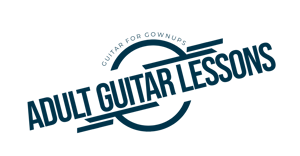Find Your Muse
Almost any song you hear has a structure at its foundation. Even improvisational, loose format, jazz songs are tied to some sort of song structure.
Learning how songs are “put together” and some common methods for “arranging the pieces” will take you a long way in your songwriting.
Things You Should Work On
1. Take the time to learn the difference between a verse, and a chorus, a bridge and a lift, an intro and an outro. Try to gain an understanding of the importance of each of these parts and how each contributes to the whole.
2. Study hit songs in the genre you prefer and make a note of how they are structured and model after those songs. Don’t copy them note for note, just become aware of the individual components of structure in these songs and try to replicate that in your own songs to begin with.
3. Know that most listeners become accustomed to hearing songs that are presented in a familiar format. For example, when someone is listening to the verse in a song, they subconsciously expect that verse to culminate into a chorus.
If the song does not have a familiar structure and is comprised of several seemingly unrelated parts, most listeners won’t be able to follow the song and will “tune out”.
4. Focus first on writing the chorus of the song. This is the section that usually contains the title, or “hook” of the song, and is repeated throughout the song. Without a chorus, you typically don’t have a song, so it stands to reason that the chorus should be top priority before attempting to write the other sections of the song.
5. Learn how each of the song elements (see above #1) are placed together to form various song structures.
In particular, study the most common song structures that are prevalent in modern hit songs. Pay close attention to the following formats:
VERSE / CHORUS
Verse / Chorus / Verse / Chorus / Solo / Chorus
VERSE / LIFT / CHORUS
Verse / Lift / Chorus / Verse / Lift / Chorus / Solo / Lift / Chorus
“AABA” Formula
Verse / Verse / Bridge / Verse
There are, of course, many other song structures you will encounter, as well as variations on the above formulas.
But at the end of the day, your songs are your songs, so it is totally your call as to what shape your songs take!
The key is to recognize the successes of past hit and popular songs, and learn from them.
If you aspire to write songs that other people are going to listen too, your chances of holding the listeners attention will be greatly increased by learning from, and emulating, the song structures that have proven time and time again to be successful.



